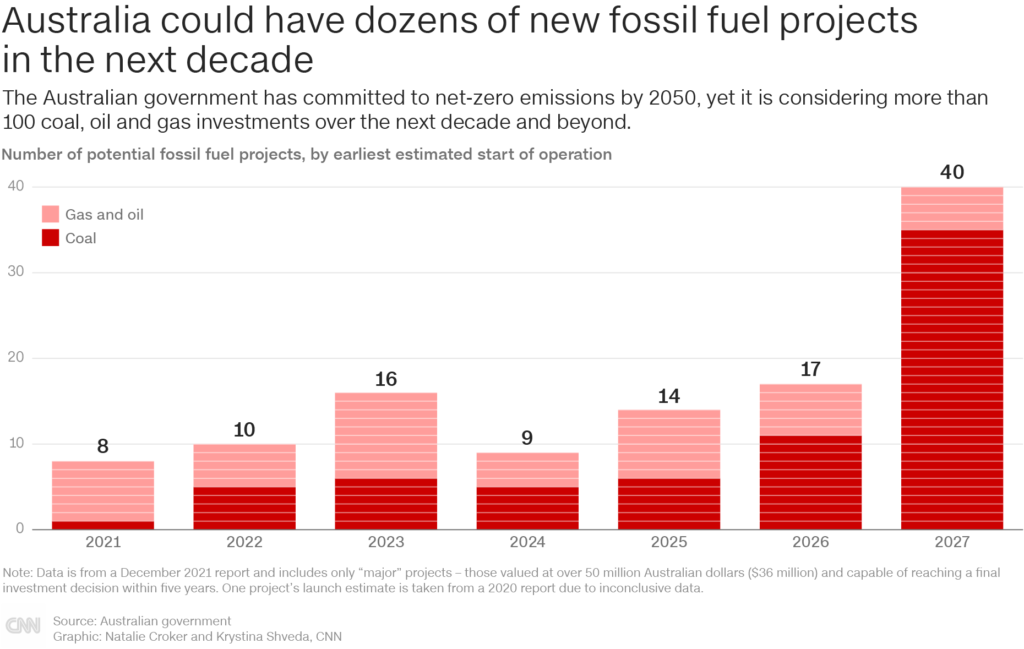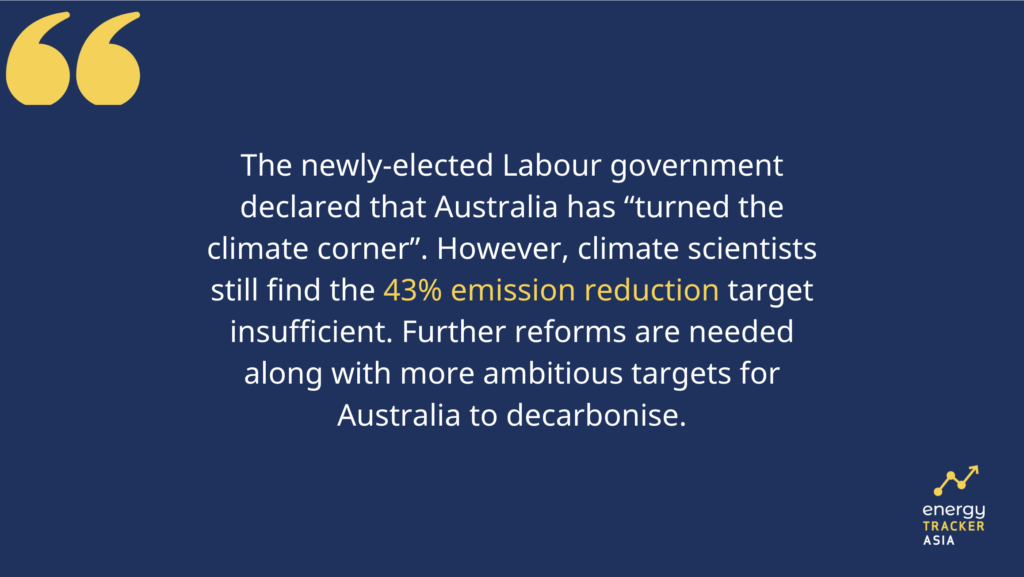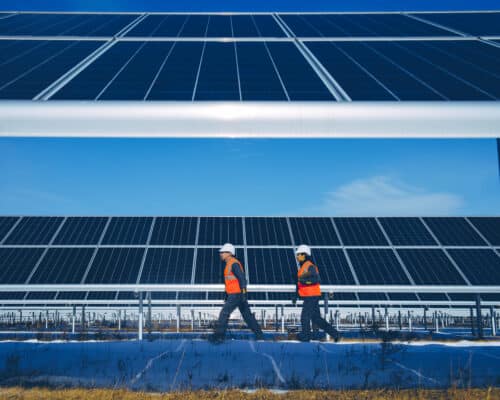Labour Climate Change Policy 2022 in Australia – Ambitious, but Facing Lots of Challenges
08 August 2022 – by Viktor Tachev Comments (0)
Labour’s climate change policy plans and the promises to shift the country’s course towards sustainability helped the party win Australia’s 2022 parliamentary elections. Now, the new leadership has to deliver. However, this won’t be an easy task considering the country’s fossil fuel obsession and climate inaction in the past decade.
Australian Labour Party: Climate Change Action Plan
The results of the 2022 federal election in Australia revealed that Australians wanted more decisive action on climate change. The vote came after decades of inaction, delays in addressing the climate crisis and massive fossil fuel export support. The elections’ outcome was welcomed by leaders concerned about the climate crisis.
The new government formally pledged to increase its national greenhouse gas emissions reduction target to 43% below 2005 levels by 2030 – from 28% – and reflect it in legislation.
Labour’s Renewable Energy Policy
The new prime minister, Anthony Albanese, also vowed to turn Australia into a renewable energy superpower and end the “climate wars”. Under its Repowering Australia plan, Labour says it will increase the share of renewable energy in the National Electricity Market to 82% by 2030.
Albanese sees investments in renewables as a way to solve the country’s energy crisis, ensure a stabler electricity supply, reduce emissions and maintain reasonable prices. Some of the investments will be channelled towards the transmission and storage infrastructure needed to balance the grid. The financial support will aim to create more than 600,000 jobs and add AUD 76 billion of investment. Furthermore, the government’s climate policies include up to AUD 3 billion in investment for the National Reconstruction Fund. The funds will support renewables manufacturing and low emissions technologies, including batteries and the ramping up mining of green minerals.
Another critical point in the new cabinet’s agenda is introducing a strengthened “safeguard mechanism” that sets a carbon emissions cap on the biggest polluters. Implementing this safeguard mechanism to achieve net zero emissions will be a challenge for the Federal government.
However, Albanese also admitted that, if needed, Australia will start looking toward nuclear power.
Labour’s Climate Change Policies in the Context of Australia’s Fossil Fuel Obsession
The previous government failed to develop a realistic climate policy to achieve the net-zero target by 2050 and respond adequately to climate and environmental threats. As a result, Australia is among the world’s highest per capita carbon emitters.

It is also the second biggest thermal coal exporter, with between 75% and 80% of the coal shipped abroad. The country is also the leading LNG exporter globally.
Earlier this year, Australia’s coal revenues took a hit when China, the world’s largest coal consumer and importer, decided to reduce coal shipments significantly. Indonesia and Australia will feel the biggest impacts of this decision.
However, Labour’s climate change policies won’t be the final nail in the coffin for fossil fuels. During the party’s campaign, Albanese avoided promising a rapid end to the use of fossil fuels or coal mining. Labour party members even announced that Australia would keep mining coal for as long as the market needed it. The new prime minister stated that Australia will still be mining coal in 2050 in a net-zero world.
Today, about 114 new coal and gas mining projects are undergoing approval. Experts don’t see Australia’s position as the third-largest exporter of fossil fuels changing anytime soon.
At the same time, Climate Analytics warns that Australia has to phase out coal generation completely by around 2030 to keep the world on track for its 1.5°C target, well ahead of the current retirement schedule.

Major Challenges Remain
The excitement of the first moves of the newly-elected government led to declarations that Australia has “turned the climate corner”. However, it may still be too early to make such bold claims.
Need for Further Reforms and More Ambitious Greenhouse Gas Emissions Reduction Targets
Despite the notable increase, climate scientists still find the 43% emission reduction target insufficient. However, the new government has ruled out negotiating a more ambitious target like the 75% cut proposed by the Greens’ leadership.
Other experts are sceptical that Labour’s climate change goals can be realised without additional policies, including carbon pricing.
Fossil Fuels’ Deep Roots
The fossil fuel lobby in the country has deep roots. As a result, the urgency to decarbonise isn’t as strong as in other developed countries, as evident from the sluggish progress on climate policies in the past decade. For example, all large emitters, from the power industry to mining, will have to accelerate their plans for emissions reduction. However, this might not appeal to them, considering the expected operational costs.
The new cabinet will have to instil a change in the mindset of Australian business leaders. While Deloitte’s CxO Sustainability Report 2022 finds that Australian business leaders are more concerned than ever before about climate change’s impacts, they still aren’t convinced about the link between climate action and long-term revenue, margins and asset values.
The government should make a 180-degree turn in climate policies and justify abandoning the billions of fossil fuel export revenue. Furthermore, it should convince all stakeholder groups that the climate crisis presents an opportunity, not a threat to jobs or revenue.
Regulatory Hurdles
According to analysts, another major challenge that Labour’s climate policies will have to address is the fact that, so far, Australia’s emissions reduction efforts have been mainly driven by individual states, each handling the matter in the way they saw fit. The government will have to unite the separate, state-based policies and strategies under a single national plan. That way, it will avoid creating unfavourable market conditions.
Labour’s Climate Policy for Limiting Global Warming – a New Era for a New Australia
Surveys reveal that Australians have long been craving a future without coal and gas. However, addressing all the fundamental challenges and introducing significant shifts in the climate strategy will take time. Even though Australia has a long way to go, for the first time in a decade, there is a broad consensus in parliament about the urgent need for climate action.
After the election win, Albanese said that the country is no longer a climate laggard. Now, it’s time for the country to take the next step and emerge as the climate leader it can be. And the only way to do it is through concrete efforts and results.

by Viktor Tachev
Viktor has years of experience in financial markets and energy finance, working as a marketing consultant and content creator for leading institutions, NGOs, and tech startups. He is a regular contributor to knowledge hubs and magazines, tackling the latest trends in sustainability and green energy.
Read more



